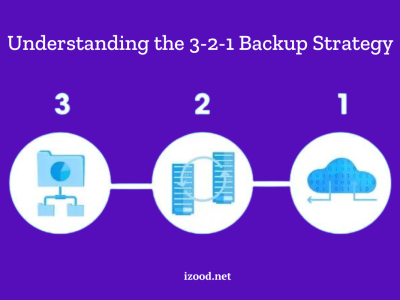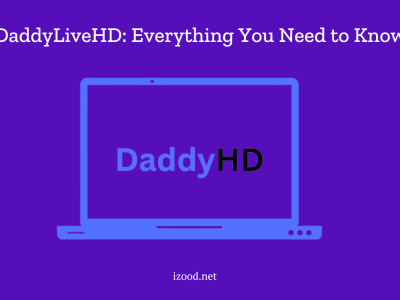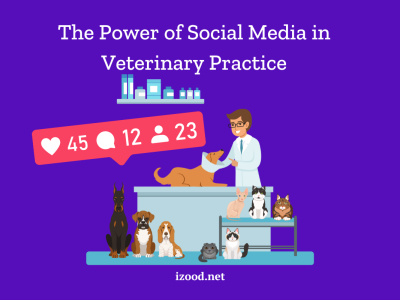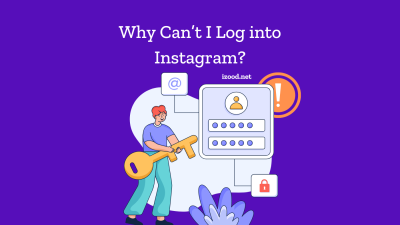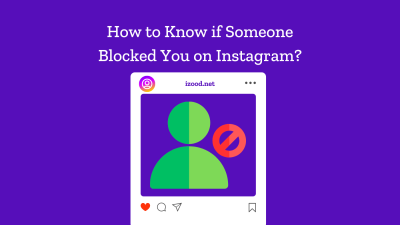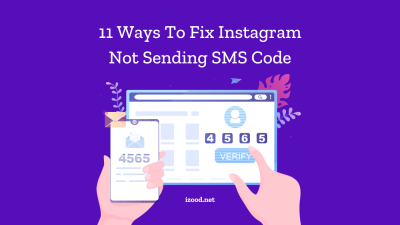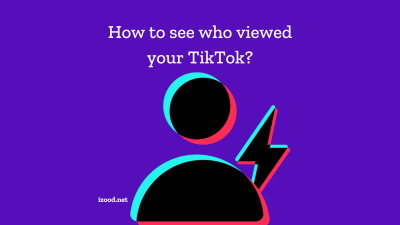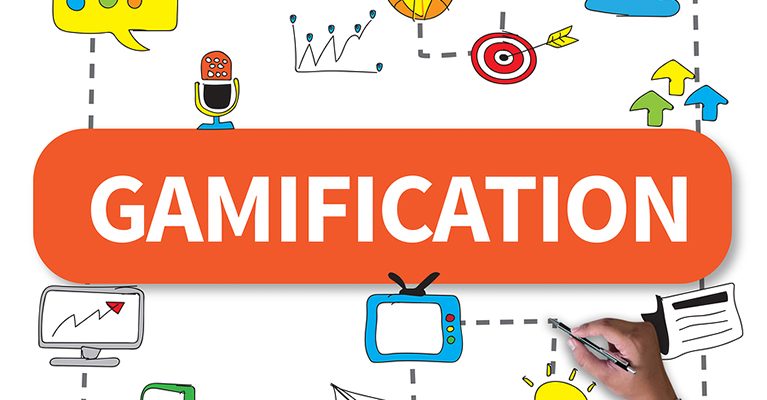
In the ever-evolving landscape of digital marketing, finding innovative ways to engage and captivate audiences is crucial. One effective strategy that has gained significant popularity is the incorporation of gamification elements. By leveraging the principles of game design and mechanics, businesses can create immersive and interactive experiences that drive customer engagement, brand loyalty, and ultimately, business growth. In this blog post, we will explore the power of gamification in digital marketing and how you can integrate it into your marketing strategy to level up your campaigns.
What is Gamification?
Gamification is the process of applying game elements and principles to non-game contexts in order to engage and motivate individuals, enhance learning, and encourage desired behaviors. It involves taking elements commonly found in games, such as challenges, rewards, competition, rules, and progression, and incorporating them into activities or systems that are not inherently game-like.
The goal of gamification is to tap into the natural human desire for achievement, recognition, and enjoyment that is often associated with games. By integrating game-like elements, it aims to make tasks or experiences more enjoyable, immersive, and interactive, ultimately driving higher levels of engagement and participation.
Gamification can be applied in various domains, including education, business, fitness, healthcare, and marketing, among others. In education, for example, gamified systems may use badges, points, and leaderboards to encourage students to complete assignments, participate in discussions, or achieve learning goals. In the business context, gamification can be used to motivate employees, track progress, and enhance productivity.
You should note that gamification is not about turning everything into a game, but rather using game elements strategically to enhance user experience, engagement, and motivation. Successful gamification involves thoughtful design, understanding of user psychology, and alignment with the intended goals and target audience.
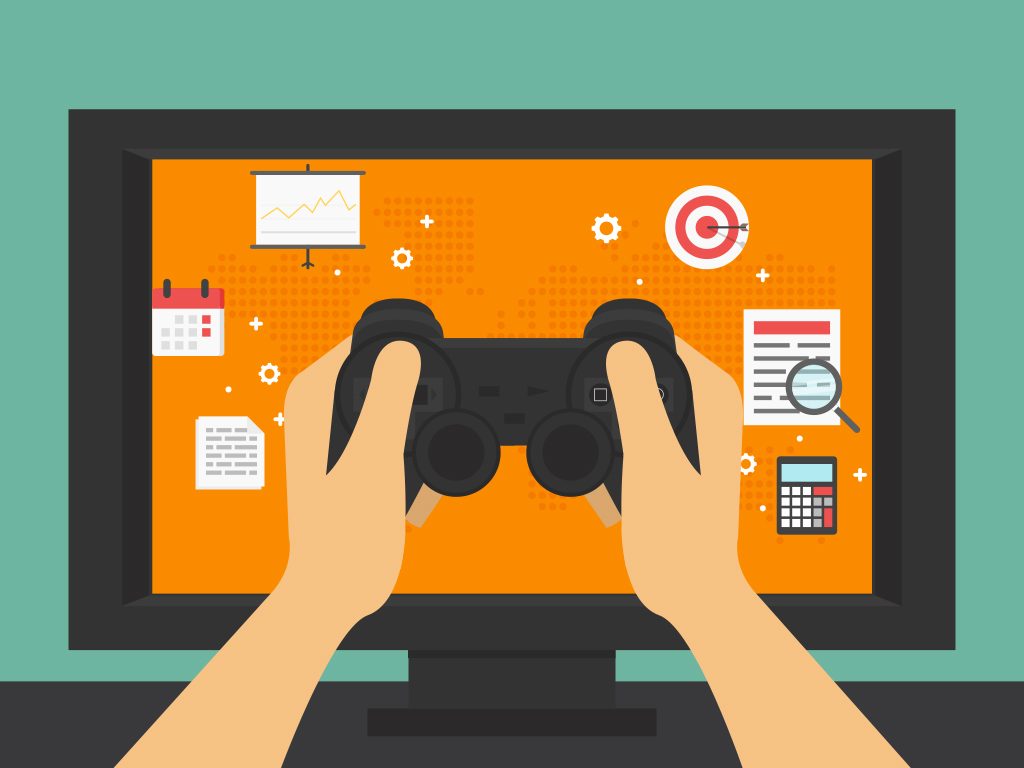
Benefits of Gamification elements for the Digital Marketing
Gamification elements can offer several benefits when incorporated into digital marketing strategies such as dynamic remarketing. Here are some key advantages:
- Increased Engagement
Gamification techniques can capture users’ attention and encourage active participation. By adding interactive and enjoyable elements, such as challenges, quizzes, or virtual rewards, marketers can enhance user engagement and hold their interest for longer periods.
- Improved Brand Awareness and Recall
Gamification elements can help create memorable experiences that users are more likely to associate with a brand. By incorporating branding elements into games or interactive activities, marketers can reinforce their brand message, increase brand awareness, and enhance brand recall among their target audience.
- Enhanced User Interaction and Data Collection
Gamified experiences often require users to provide information or interact with content in various ways. Marketers can leverage this opportunity to collect valuable user data, such as preferences, behaviors, or contact information. This data can then be used to personalize marketing campaigns, refine targeting strategies, and create more relevant and customized experiences for users.
- Increased Social Sharing and Virality
Gamification can create a sense of competition, achievement, or community among users. This can lead to increased social sharing of the game or activity, as users may want to showcase their progress or invite friends to participate. The viral nature of gamified experiences can help expand the reach of marketing campaigns and attract new users.
- Behavior Modification and Call-to-Action
Gamification elements can be used to incentivize desired user behaviors or actions. By incorporating rewards, badges, or levels, marketers can motivate users to complete specific tasks, engage with content, or take desired actions, such as making a purchase, subscribing to a newsletter, or sharing content on social media.
- Data Analysis and Insights
Gamified experiences often generate a wealth of data related to user behavior, preferences, and performance. Marketers can leverage this data to gain insights into user engagement, identify patterns, and optimize their marketing strategies accordingly. The data can help in refining targeting, personalization, and content strategies to drive better results.
Overall, gamification elements can make digital marketing more interactive, engaging, and memorable, leading to increased brand awareness, user participation, and conversions. However, it’s important to design gamified experiences with a deep understanding of the target audience, align them with marketing objectives, and ensure they provide genuine value to users.
How to use gamification elements in digital marketing?
To apply gamification elements in digital marketing, follow these steps:
- Identify Marketing Goals
Determine the specific marketing goals you want to achieve using gamification. Examples include increasing user engagement, driving conversions, collecting user data, or enhancing brand awareness. Clearly define your objectives to guide the gamification strategy.
- Understand Your Target Audience
Gain insights into your target audience’s preferences, behaviors, and motivations. Understand what types of gamification elements would resonate with them and align with their interests. This will help you create a more engaging and relevant experience.
- Select Appropriate Gamification Elements
Choose the gamification elements that align with your marketing goals and target audience. Examples include points, badges, leaderboards, challenges, quizzes, virtual rewards, levels, progress tracking, or social sharing features. Select elements that are suitable for your marketing channels, such as your website, mobile app, social media campaigns, or email marketing.
- Design Engaging Experiences
Create gamified experiences that are enjoyable, immersive, and easy to understand. Consider incorporating storytelling elements, visual design, and audio effects to make the experience more captivating. Strive to strike a balance between challenge and attainability to keep users motivated. Ensure that the game mechanics and rules are clear, and the activities are intuitive and user-friendly.
- Personalize the Experience
Utilize user data and segmentation to personalize the gamified experiences. Tailor challenges or rewards based on users’ preferences, behaviors, or past interactions. Consider using dynamic content to deliver personalized messages, recommendations, or incentives.
- Incentivize Desired Actions
Use gamification elements to incentivize users to take specific actions or engage with your marketing content. Offer rewards, discounts, exclusive content, or access to higher levels or privileges. Ensure that the incentives are appealing and aligned with your audience’s interests.
- Track and Analyze Performance
Implement analytics tools to track user engagement, behavior, and conversions within the gamified experiences. Monitor key metrics such as participation rates, completion rates, time spent, social sharing, or conversion rates. Analyze the data to gain insights into user preferences, patterns, and areas for improvement. Use the insights to optimize your gamification strategy and iterate on future campaigns.
- Promote and Share
Actively promote your gamified experiences through various marketing channels. Utilize social media, email marketing, content marketing, influencers, or paid advertising to generate awareness and encourage participation. Encourage users to share their achievements, progress, or high scores with their social networks to increase visibility and reach.
Remember, the successful application of gamification in digital marketing requires thoughtful design, understanding of your audience, and continuous optimization based on data analysis.
Which gamification elements are the best?
Here are some popular gamification elements commonly used in digital marketing:
- Points
- Badges
- Leaderboards
- Challenges
- Quizzes
- Virtual rewards
- Levels
- Progress tracking
- Social sharing features
- Exclusive content or access
- Unlockable achievements
- Avatar or virtual characters
- Time-based challenges or countdowns
- Team or community-based competitions
- In-app or in-game purchases
- Interactive storytelling
- Random rewards or surprises
- Quests or missions
- Streaks or consecutive day rewards
- Personalized recommendations or suggestions
It’s important to note that the selection of gamification elements should be based on your specific marketing goals, target audience, and the context in which they will be applied. The most effective elements will vary depending on your unique circumstances and the preferences of your audience.


